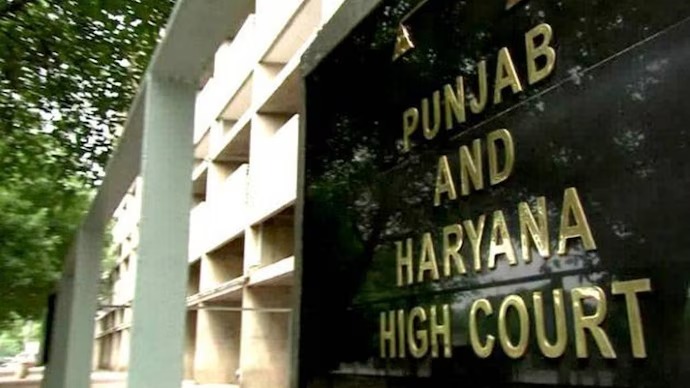Sir Barnes Peacock, Kt., C.J.@mdashWe have not been able to find in the laws or customs of this country any traces of the existence of an absolute rule of law that whatever is affixed to, or built on, the soil becomes a part of it, and is subjected to the same rights of property as the soil itself. Looking to the ancient Hindoo law, we find it laid down that "he who dwells in a house which he built on the ground of another man, and for which be pays rent, shall take with him, when he leaves it, the thatch, the wood, and the bricks. But if he live, without paying rent, on the ground of another "without the owner''s assent, he shall by no means, when he quits it, take away the thatch and the timber" Nareda, Colebrooke''s Digest, Book 3, chap. 2, para. 99, Vol. II, page 308. Edition of 1798. Looking at the Mahomedan law, we find in the Hidayah Hamilton''s translation, Vol. III, p. 325 it is said:--If a person hire unoccupied land for the purpose of building or planting it is lawful Apparently meaning, though no mention is made in the contract, of the use to be made of the land.--.Per Curiam, since these are purposes to which land is applied. Afterwards, however, upon the term of the lease expiring, it is incumbent on the lessee to remove the buildings or trees, and to restore the land to the lessor in such a state as may leave him no claim upon it, &c. It is incumbent on the lessee to remove his trees or houses from the laud, unless the proprietor of the soil agrees to pay him an equivalent, in which case the right of property in them devolves to him (still, however, this cannot be without the consent of the owner of the houses or trees, except where the land is liable to sustain an injury from the removal, in which case the proprietor of the land is at liberty to give an equivalent, and appropriate the trees or houses without the lessee''s consent), or unless the proprietor of the land assents to the trees or houses remaining there, in which case they continue to appertain to the lessee and the land to the landlord, &c." See also Translation, 284.--Per Curiam.
2. In the case of Khoderam Surma v. Trilochun Select Reports, 35 we find it laid down that "if a member of a joint Hindoo family build a brick house on ancestral land with separate funds of his own, such house would not be a property in which shares might be claimed by his coparceners. Coparceners in the land would only have a claim on him for other similar laud equal to their respective shares." That the maxim quicquid plantatur solo solo cedit does not apply in such cases was recognized by the late Sudder Court in the case of Jankee Singh v. Bukhooree Singh S.D.A.R. for 1856, 761. That was a suit for the demolition of buildings erected on joint property by a member of a joint Hindoo family without the consent of his co-sharers. In W.G. Nicose Pogose v. Nyamutoollah Ostagur S.D.A.R. for 1858, 1517; Sudder Dewanny Adawlut, N.W.P., 25th November 1863, p. 418, and Kaleepershad Dutt v. Goureepershad Dutt 5 W.R., 108, are similar cases. We are not prepared to accept as law the rule laid down in these cases, that every co-proprietor has a right of veto to forbid anything being done to the common property without his consent.--Per Curiam. They show at least that the English rule above alluded to does not prevail in this country.
3. By Act XI of 1855 the Legislature made provision for mitigating the rigor of the English law on this subject, by securing to persons holding bona fide under defective titles the value of improvements made by them in cases to which English law is applicable. But by s. 3 it was enacted that nothing in that Act should extend to any case in which the English law was not applicable.
4. According to the Civil law, if a person, building on the land of another, used his own materials not knowing that the land was not his own when the building was destroyed, he could reclaim the materials, or if he was in possession of the building, could refuse to deliver it to the owner, unless he was indemnified for his expenses, at least so far as they had been incurred profitably to the owner of the soil See Justinian''a Institutes by Sandars, book 2, tit, 1, para. 30.--Per Curiam.
5. We think it clear that, according to the usages and customs of the country, buildings and other such improvements made on land do not by the mere accident of their attachment to the soil become the property of the owner of the soil; and we think it should be laid down as a general rule that, if he who makes the improvement is not a mere trespasser, but is in possession under any bona fide title or claim of title, he is entitled either to remove the materials, restoring the land to the estate in which it was before the improvement was made, or to obtain compensation for the value of the building if it is allowed to remain for the benefit of the owner of the Soil, the option of taking the building, or allowing the removal of the material remaining with the owner of the land in those cases in which the building is not taken down by the builder during the continuance of any estate he may possess. With these observations, we remand the case to the Division Court, which will pass such orders as may be necessary on the review.

